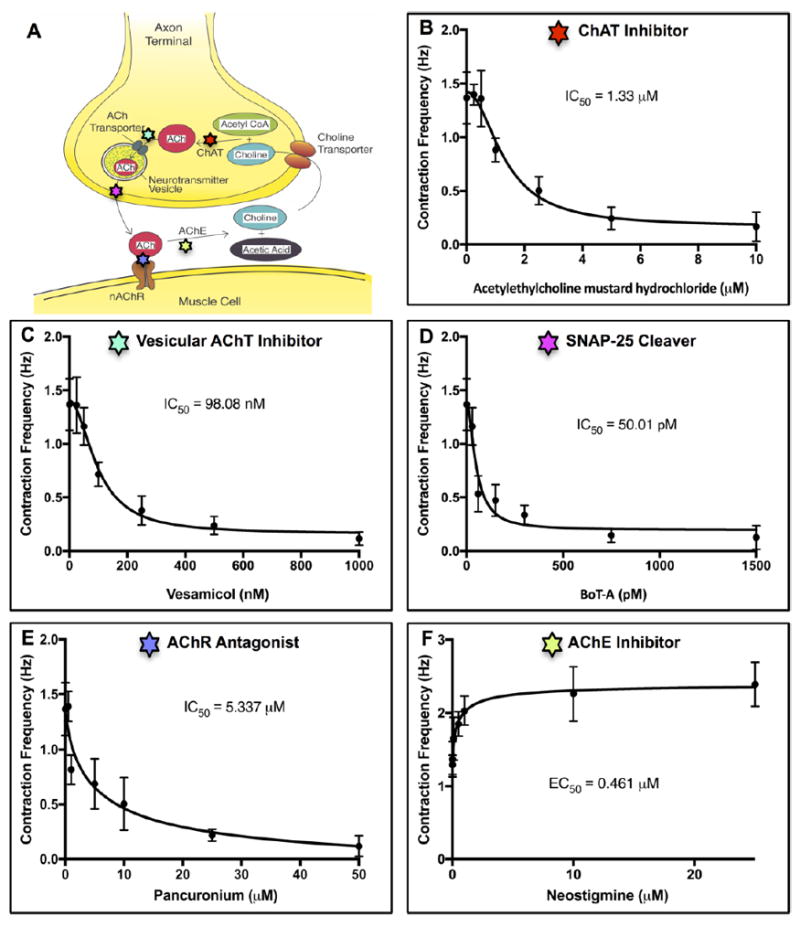Figure 6. Pharmacokinetic studies of various drugs affecting NMJ.

(A) A schematic shows the different cellular mechanisms involved in neuromuscular transmission. (B), (C), (D), (E), (F) Dose-dependent responses of coculture contraction frequency exposed to different drugs. (B) Acetylethylcholine mustard hydrochloride blocked the synthesis of acetylcholine (ACh) by irreversibly inhibiting choline acetyltransferase (ChAT). A half maximal inhibitory concentration (IC50) was 1.22 μM. (C) Vesamicol inhibited vesicular acetylcholine transporter (AChT) and prevented filling of synaptic vesicles with ACh. Its IC50 was 98.08 nM. (D) Botulinum toxin A (BoT-A) prevented ACh release by cleaving SNAP-25, a t-SNARE protein essential for fusion of neurotransmitter vesicles with the plasma membrane of motoneuron terminals. Its IC50 was 50.01 pM. (E) Pancuronium blocked neurotransmission by reversibly and competitively binding to acetylcholine receptors (AChRs). Its IC50 was 0.501 μM. (F) Neostigmine increased neuromuscular activities by inhibiting acetylcholinesterase (AChE). Its half maximal effective concentration (EC50) was 0.0461 μM. Quantitative data presented as mean ± SD, n = 6 biological replicates.
